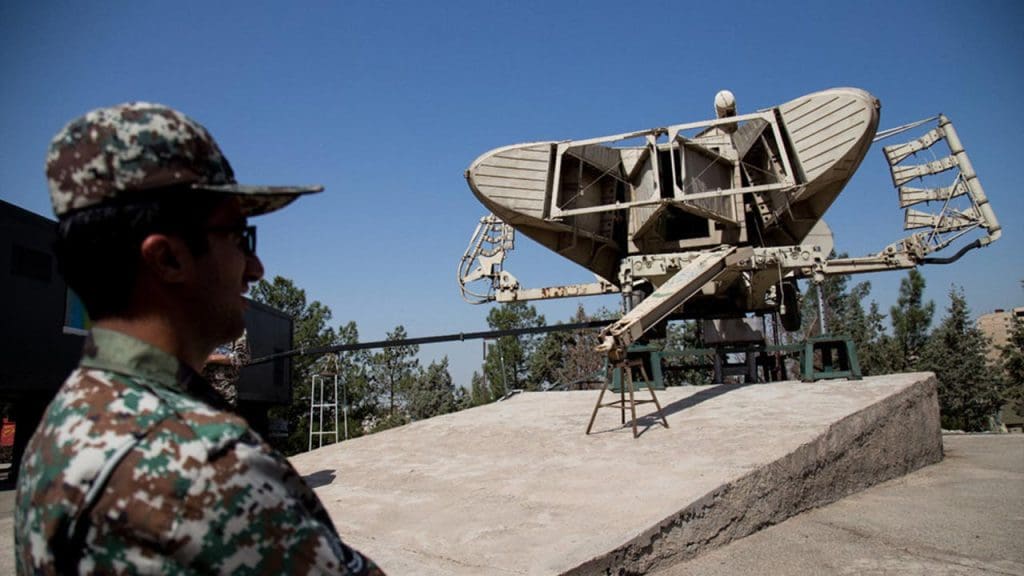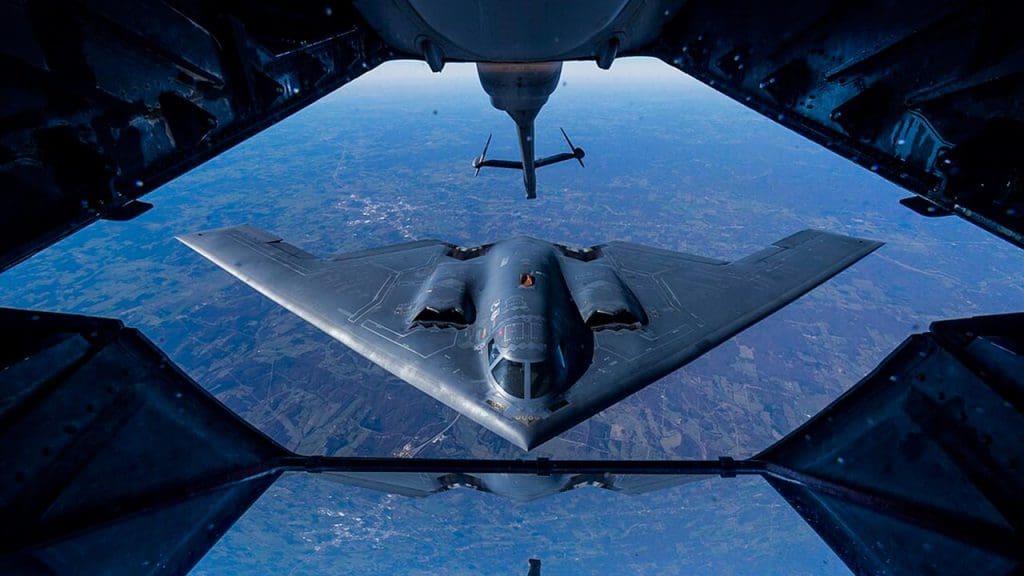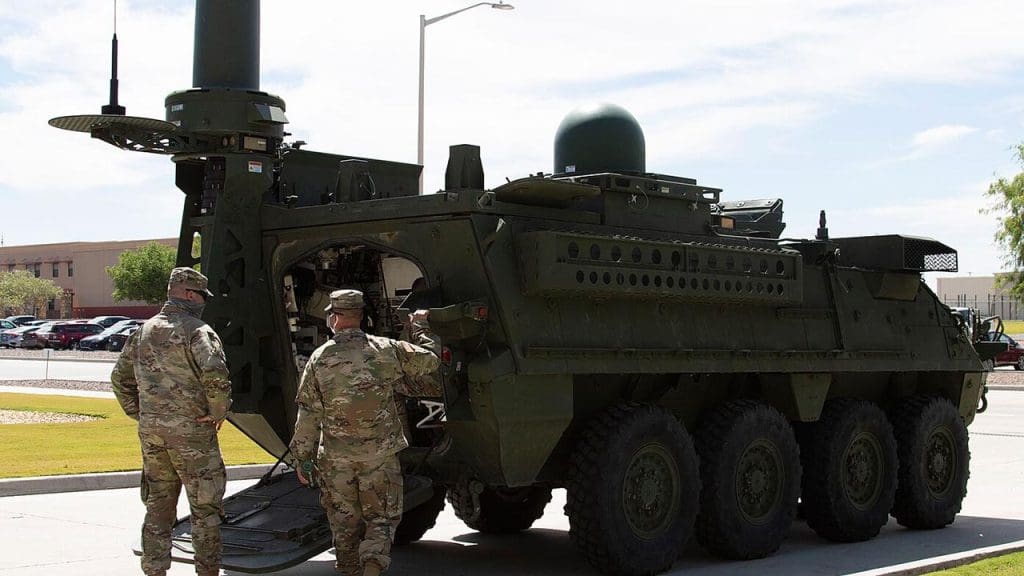
Electronic warfare has become a crucial facet in modern military operations, allowing countries like the United States to secure air superiority in contested areas. By using advanced electronic warfare capabilities to jam Iranian defenses, the U.S. is able to maintain a strategic edge and alter the dynamics of military confrontations in the region.
Understanding Electronic Warfare

Electronic warfare encompasses a range of activities designed to use the electromagnetic spectrum to attack, protect, and support military forces. It consists of three main components: electronic attack, electronic protection, and electronic support. Electronic attack involves using electromagnetic energy to degrade or destroy enemy combat capabilities. Electronic protection focuses on safeguarding friendly forces from similar attacks. Lastly, electronic support encompasses actions taken to search for, intercept, identify, and locate sources of intentional and unintentional radiated electromagnetic energy.
The evolution of electronic warfare can be traced back to its use in past conflicts, where it played a supporting role in military strategy. With technological advancements, electronic warfare has emerged as a pivotal element in contemporary military operations. Innovations such as the integration of artificial intelligence and machine learning have significantly enhanced the capabilities of electronic warfare systems, allowing for more precise and effective operations.
Mechanisms of Jamming Iranian Defenses

Signal disruption techniques are at the core of jamming Iranian radar and communication systems. These methods involve emitting electromagnetic signals that interfere with the enemy’s radar, rendering their air defense systems ineffective. This approach not only blinds hostile forces but also hampers their ability to coordinate and communicate effectively.
Electronic countermeasures are of utmost importance in neutralizing Iran’s air defense capabilities. By deploying sophisticated countermeasures, the U.S. can confuse or deceive enemy radar systems, ensuring that American aircraft remain undetected. Real-world applications of electronic warfare against Iranian defenses have been documented, showcasing its effectiveness in disabling enemy systems and facilitating successful military operations.
U.S. Air Superiority: Strategic Advantages

The strategic importance of maintaining air superiority in military operations cannot be overstated. It allows the U.S. to control the skies, providing a significant advantage in both offensive and defensive missions. The integration of electronic warfare with other military assets, such as stealth aircraft and drones, further bolsters this dominance.
A hypothetical scenario like Operation Rising Lion highlights the role of electronic warfare in U.S. and allied military strategies. This operation illustrates how electronic warfare can be employed to ensure air superiority, emphasizing the critical role of coordinated strategies and advanced technologies in modern warfare.
Challenges and Limitations of Electronic Warfare

Despite its effectiveness, electronic warfare is not without challenges. Iran has developed strategies for countering electronic warfare efforts, which include hardening their systems against electronic attacks and employing their own electronic warfare tactics. This creates a dynamic battlefield where both sides are continually adapting to counter each other’s capabilities.
The risks associated with electronic warfare include potential technological failures and the escalation of conflict. As systems become more complex, the possibility of malfunction increases, which could lead to unintended consequences. Additionally, the use of electronic warfare can escalate tensions, as it blurs the line between offensive and defensive actions, potentially leading to a broader conflict.
Implications for Future Conflicts

As threat landscapes evolve, electronic warfare will play an increasingly vital role in shaping future military engagements. It has the potential to alter the balance of power by enabling nations to disrupt and disable the enemy’s capabilities without resorting to traditional combat methods. The importance of international collaboration cannot be understated, as alliances can enhance electronic warfare capabilities and create a formidable unified front.
However, as electronic warfare becomes more prevalent, ethical and policy considerations must be addressed. The use of such technology raises questions about the rules of engagement and the potential for collateral damage. As nations continue to develop and deploy electronic warfare capabilities, it is crucial to establish ethical guidelines and policies to govern their use in international conflicts.